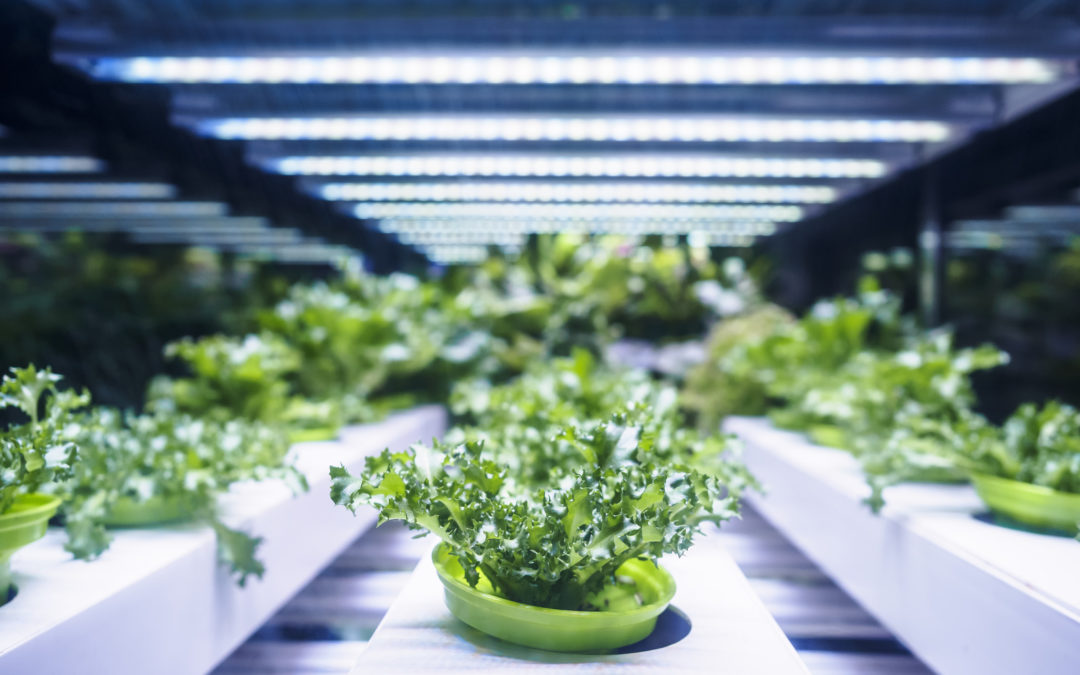It all started with the lowly tomato.
One of the original North American food crops, Europeans first started cultivating tomatoes with the help of Native Americans in the 17th century. As a food source for the settlers, tomatoes were healthy, plentiful and easy to grow.
Not to mention they were a tasty addition to their diet.
[Learn more about iSelect’s food & agriculture investments.]
But tomatoes have long had a problem: They ripen too quickly. On average, tomatoes that ripen on the vine can go from green and unripe to red and juicy in just a matter of days, turning the corner to “too soft” and going bad in less than a week. When planted at scale, it could often be all but impossible for the farmer to harvest all of their tomato crop in time without losing a portion to rot. This was simply reality for tomato farmers for generations.
Until the 1990s.
That’s when agriculture firm Calgene pioneered a new kind of tomato. Using genetic engineering, the company created a product that was slower to ripen, preventing it from going soft so fast while still allowing it to retain its natural colour and flavor. It was also made “more resistant to rotting by adding an antisense gene which interferes with the production of the enzyme polygalacturonase. The enzyme normally degrades pectin in the cell walls and results in the softening of fruit which makes them more susceptible to being damaged by fungal infections.”
Calgene dubbed this creation the Flavr Savr, and it was an immediate hit.
Prior to its arrival, most tomatoes were harvested while still green on the vine and artificially ripened using ethylene gas. This allowed for a longer shelf life, but took a tool on flavor and texture.
But the Flavr Savr, since it was slower to ripen, could be allowed to ripen fully on the vine before harvesting, resulting in a juicier, more flavorful tomato. It was able to command a premium price at the supermarket as a result.
Engineering the future
But there’s more to the promise of genetic engineering in food crops than just better taste and texture.
Specific traits or characteristics can be inherited from one generation to the next through the plant’s genes, and traits inserted in plants can make the plant resistant to insects, disease, drought or other elements that would negatively impact plant yield. Biotech traits can also be used to increase yield, improve taste or nutrition, or modify a number of other factors.
This matters because, feeding a growing population is one of the great challenges of the 21st century. According to the United Nations, by 2050 the world’s population is expected to reach 9 billion, 34% higher than it is today. The increased market demand will make food production a top priority, increasing 50% globally and 200% in developing countries by 2030.
In developing countries, 80% of the necessary production increase needs to come from the increases in yields, largely driven by biotech crops, and only 20% from expansion of arable land.
The technology exists to significantly improve the way that biotechnology is used to deliver higher-yielding seeds to the farmers who are feeding the planet. Step one in the biotech revolution helped growers produce more food than ever before with less environmental impact, but these original technologies, now over 20 years old, can no longer keep up with the yield needs of today’s farmers, not to mention tomorrow’s.
Stepping up genetic engineering
Enter Plastomics, a St. Louis-based biotechnology startup using chloroplast genetic engineering to develop the next generation of high performing crops.
It’s platform technology provides solutions for the many current industry challenges: highly efficient trait stacking, decreased time and cost to market, more effective trait dose, simplified breeding, and elimination of outcrossing to weeds or neighboring fields. The solutions Plastomics’ technology brings results in higher yielding crops to meet the needs of the growing planet.
The company has developed a proprietary model platform to conduct genetic engineering through the chloroplast. This unique Chloroplast Transformation Technology (CTT) platform will simplify breeding, reduce seed development time and costs, increase transgene expression and simplify gene-stacking in crops. This can improve trait levels, enable simplified trait stacking, limit trait outcrossing, increase yield, and reduce go-to-market product timeline by 1-2 years. All at a lower cost.

